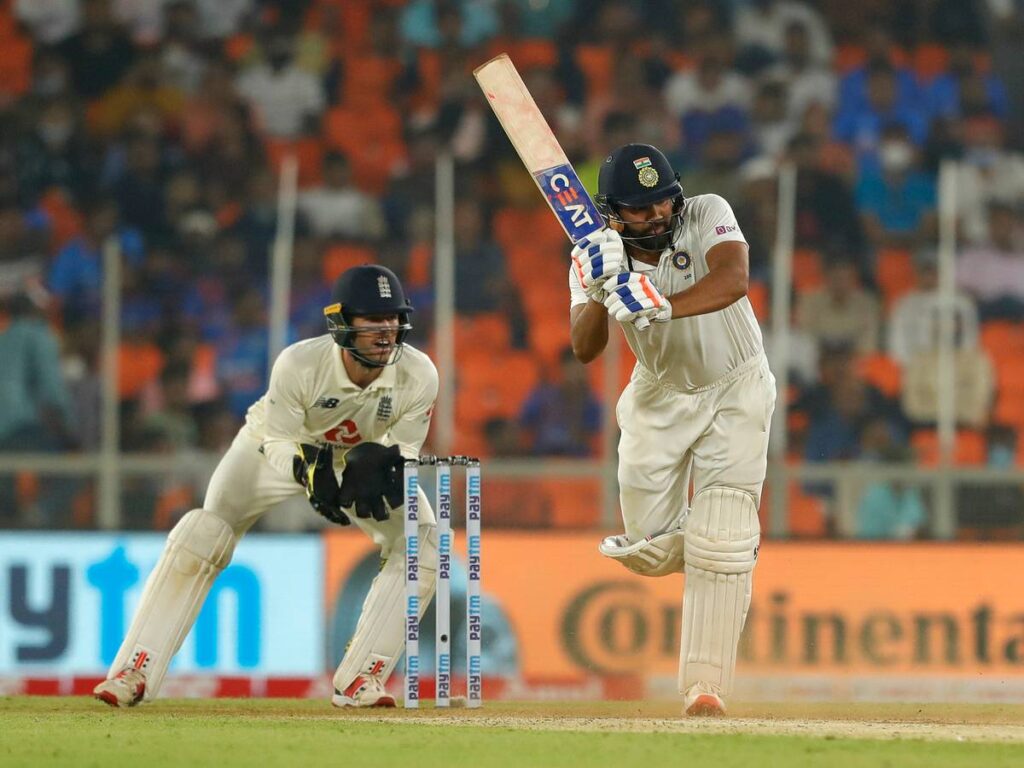Just getting a game on with fans inside isn’t going to be enough. My worry as sports clubs begin to dust off the turnstiles in the coming months is that they might just be thankful that they can begin to sell tickets again and neglect to consider the fans’ wider experience.

Pitch Perfectly Highlights The Cracks In The Experience

Darren Young
@fanexperienceco
Darren has been a part of The Fan Experience Company since 2017.
He has a background in working on customer service excellence projects in the UK and Europe, and an MBA that included studying in the USA .
He is responsible for the reports that in 2019/20, went to over 200 clubs in 13 countries.
Imagine, if you will, a nervous cricket fan contemplating buying a ticket for the third test of the current test series between India and England. There were only tickets available for day three, so they voiced their concern about the game lasting that long, given how English wickets had fallen quickly in the previous test.
‘Over in two days? Never in a hundred years’ came the confident reply.
You’ll no doubt know by now that England lost well inside two days. It was their quickest defeat since – you guessed it, 1921.
Many (Indian fans especially) loved it as 30 wickets fell on the dusty, cracked surface; all but two of them to spin bowling. But for a game that was scheduled to last five days, there were plenty of losers as well as England’s XI.
For the neutrals, broadcasters, sponsors, test cricket and the game in general (as well as others we’ll hear about later), it wasn’t the best 48-hours. To give it some context for non-cricket fans, in the 2,412 test matches played before this one, a sub-two-day finish has only happened on 22 occasions. And half of those were before the Second World War, when uncovered pitches left a lot to be desired. With the rollers and covers on every quarter of an hour these days, there are no excuses.
Of course, a cricket game is over when it’s over and doesn’t play to time like a lot of sports. If one team (or both) lose their wickets then the game can be over much sooner than anticipated, as happened in India. But the impact is like the referee blowing the full-time whistle after 25-35 minutes of a rugby or football match.
You might draw a better comparison instead with tennis (if one player runs away with a match in straight sets) or a boxing match with an early knockout or stoppage. But at least those with a ticket get to see its quick conclusion.
While the fans who witnessed the second day’s play were somewhat short-changed; seeing only two-thirds of a day as wickets fell more quickly than a coach load of first timers on a skating rink, they at least did see some cricket, and no doubt enjoyed it, no matter how chaotic it was out in the middle.
But the poor old ticket holders for the third, fourth and fifth days saw no play at all. They were left wondering what might have been as their trip to a new, state of the art stadium – one of the best in the world – was shelved after England capitulated in a second innings and India ran off the forty-odd runs needed for victory just after tea.
And the Indian Cricket Board will also have to reimburse all the tickets sold for those days – the attendance was cut from 110,000 to 55,000 due to Covid – which is still a lot of rupees, so it’s a costly scenario too. And that’s before we consider the implications when it comes to sponsors and partners who feel they didn’t get the full bang for their buck.
It would be easy to point the finger – as the umpires did with ridiculous regularity – to the English batsmen, who a few days after a seismic collapse in Chennai, did it again with a paltry 112 on the first morning in Ahmedabad. But even that score began to look gargantuan in size when they fell for 81 second time around, in less than 31 overs, to lose by 10 wickets. There was even talk of an official complaint about the pitch.
But India didn’t exactly shine on the surface either, scoring just 135 in their own first innings and seeing part-time bowler, England captain Joe Root, finish with figures of 5-8. That’s like having a football pitch prepared in such a way that Liverpool’s Adrian scores a hat-trick before half-time, or a golf course where the caddie’s uncle could score a hole in one at a par 5.
Does that make it more entertaining or less? For the live-fast youngsters who need the new format, The Hundred, to come along this summer because Twenty:20 cricket – at 2.5 hours – is just too damn long to sit around until the end, then possibly the former. But test cricket is supposed to be a ‘test’ of the players over a four or five day period in changing conditions. That’s what the fans expect and there is no doubt that the matches that go into the fifth day are amongst the best in terms of spectacle and tension. In this case, the poor preparation of the pitch – deliberately or not – ensured it was never going the distance.
And in any event, the English batsmen are perfectly capable of shortening the match length all by themselves.
It also emphasises a point that we at The Fan Experience Company like to say about twenty-five times per week and that’s about the overall experience. It isn’t simply about what’s taking place on the field.
Fans come for so much more. They buy tickets so they can savour the atmosphere, enjoy the off-field entertainment, refreshments and beverages. But the kiosks were rolling down their shutters with three days’ worth of food still in the fridge (another set of losers) and the people employed to work at the game got their schedule cut too (presumably they only got paid for two days; yet more stakeholders who lost out).
This does the game a disservice and won’t help to increase the number of fans coming to games, but it’s also a useful analogy as Covid restrictions begin to lift and stadiums start readmitting fans in the coming months. Not preparing properly simply has to be avoided
After up to eighteen months of pining for football, that experience will be more important than ever and doing what we can do to make it better will be crucial. Fans will want to enjoy their afternoon out, and they’ll likely be a little less bothered by the score-line. They’ll take more notice of the other things; the club’s online engagement, for instance, or the tastiness of the food, the coldness of the beer, the fun to be had in a fan zone and the friendliness of staff and volunteers they come across.
Get this right and there’s no reason to think that attendances won’t eventually get back to previous levels after June when the social restrictions are fully lifted.
There is optimistic talk of a 90,000 crowd for the delayed Euro2020 Final at Wembley in mid-July. It will be 99 years, almost to the week, after ground was first broken as work began on the original Empire Stadium. Three hundred days later, Bolton and West Ham United contested the FA Cup Final in front of 126,000 (official) or 300,000 (unofficial estimate) fans.
A century later, we might be finding it difficult to even fill stadiums, not for major finals, maybe, but for other games across the country. There are lots of reasons – changing habits, health concerns, affordability etc – why this might be the case, so let’s not give fans any more reasons – like the poorly-prepared pitch in India – to not show up.
Especially reasons that could easily be avoided.
Never in a hundred years?
Howzat?
Want to read more about the balance between safety and the match day experience?
Our White Paper ‘It’s Just Like Watching Pret’ can be viewed by clicking here

© The Fan Experience Company 2020
